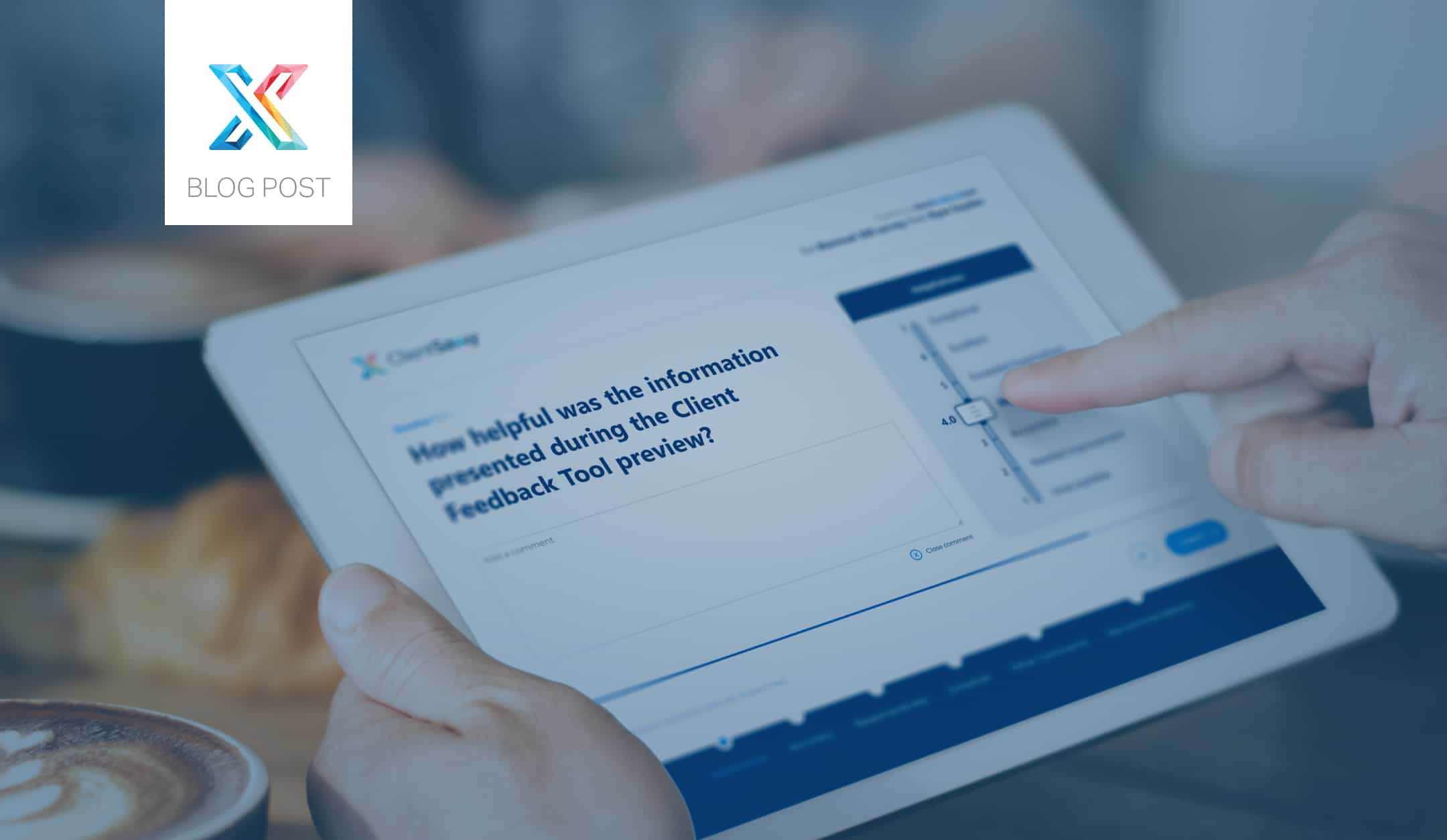In the world of customer feedback surveys, there exists a prevalent misconception that merely soliciting input from customers is enough to drive business growth, enhance customer experience, and align with expectations. While customer feedback is undeniably valuable, this belief oversimplifies the process and ignores the nuanced strategies required to effectively gather and utilize feedback. To truly harness the power of feedback, businesses must debunk these misconceptions and adopt a more thoughtful approach.
It's no surprise that today’s business landscape is wildly competitive, and understanding customer feedback and utilizing it to align with expectations is a key differentiator for professional services firms. However, how you request customer feedback can significantly impact the response rate and the quality of the feedback received. Here are some best practices for sending customer feedback surveys.
Timing is key
Send feedback requests shortly after the customer has interacted with you or your service. This ensures that their experience is fresh in their mind, leading to more accurate and detailed feedback.
Savvy Tip: Identifying moments that matter incrementally during a customer engagement has been found to increase proactive communication and project management resulting in a better outcome for both you and your customers.
Personalization
Personalize your feedback requests by addressing the customer by name and referencing their recent interaction with your business. This shows that you value their feedback and are not sending generic requests. Want to take it a step further? Have the person the customer has the warmest relationship with be the one to send the feedback request! This will make your customers more inclined to respond since they are already accustomed to communicating with that person.
Keep it short and simple
Avoid long surveys or forms that can be overwhelming. Instead, ask concise questions that are relevant, easy to understand, and answer. This will increase the likelihood of customers completing the feedback request.
Savvy Tip: No one likes committing to something without clearly understanding what they are getting into... surveys are no different! Help alleviate customer anxiety by setting expectations before the survey starts. Tell them how long it will take, what it’s used for, and who will review it, and make their progress visible as they answer each question.
Provide multiple channels
Offer multiple channels for customers to provide feedback, such as email, electronic feedback requests, or in-person interviews. This allows customers to choose the method that is most convenient for them.
Savvy Tip: Over 90% of people are nonconfrontational, therefore electronic feedback is often viewed as the most comfortable platform to voice concerns and take the first steps towards fearless communication.
Follow up
If a customer provides feedback, follow up with them to thank them and let them know how you plan to use their feedback to improve experiences and services. This shows that you value their input and are committed to making changes based on their feedback. Follow-up will also encourage their participation in future feedback requests.
Savvy Tip: Anonymity is not what customers want! Non-anonymous feedback requests are the preferred survey type, as individuals providing feedback are more open and honest because they desire action and change.
Monitor feedback
Through a formal Voice of the Customer (VoC) program, it's best to continuously monitor customer feedback to identify trends and areas for improvement. Use this feedback to make informed decisions about how to enhance your products/services/experiences. This is also critical in spotting any challenges that need to be urgently addressed. Imagine, a customer gives you some challenging feedback about an issue that currently going on for an active engagement… and you don’t see it until a week and a half later... what does that tell the customer about your level of care?
Savvy Tip: The most progressive and competitive firms respond to challenging feedback within 24-48 hours and respond to all other feedback within 5 business days.
Best practices lead to better customer feedback
By following these best practices, you can increase the likelihood of receiving valuable customer feedback that can help you improve your services and overall customer experience. Collecting feedback at incremental milestones on client engagements and formally measuring customer experience at an organizational level are becoming the top differentiators for the professional services industry. If your firm is in the early stages of this journey, start familiarizing yourself with peers in the CX Community who have been practicing customer listening for years. This link will point you in the right direction to begin making connections!





